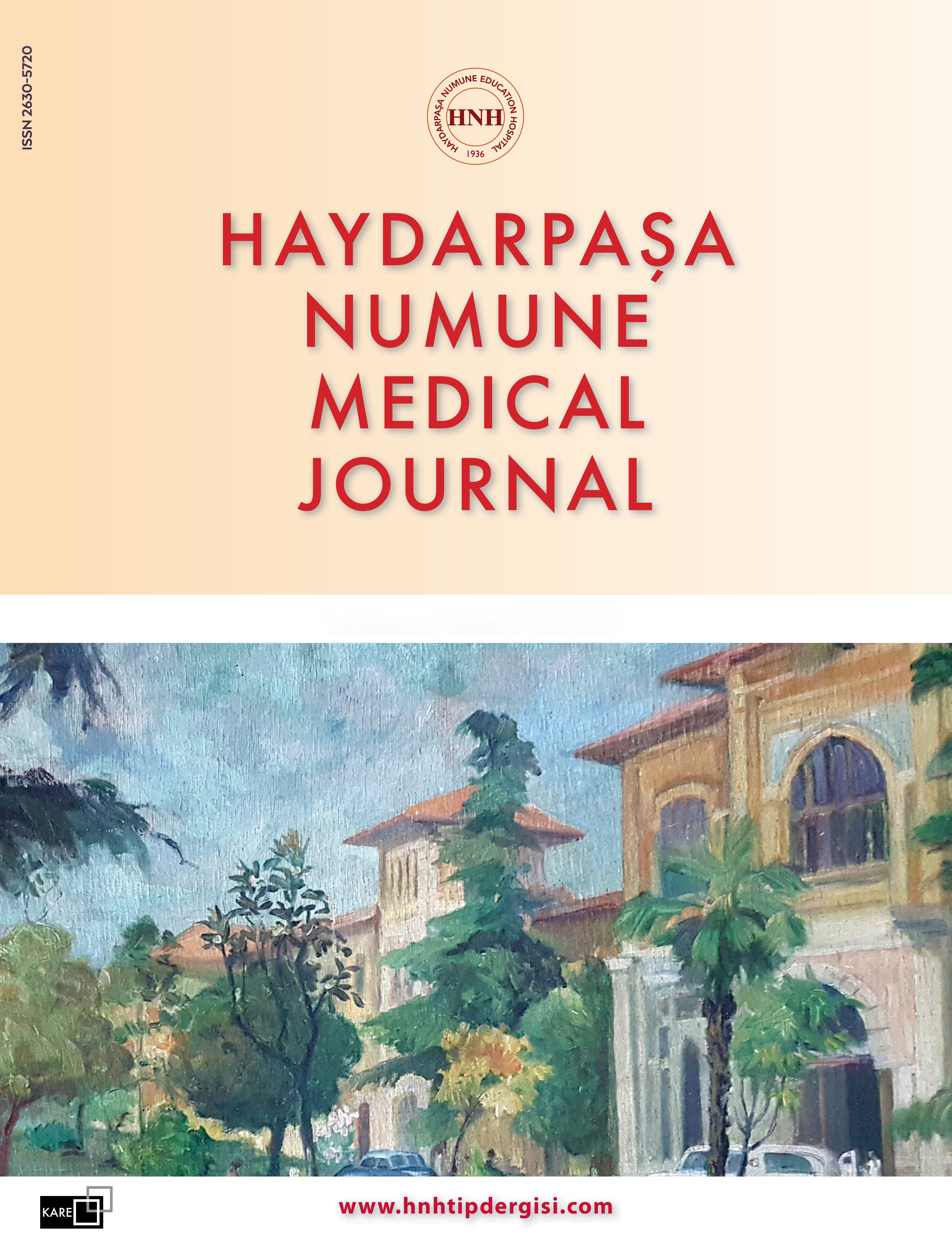Increase in Antifungal Resistance Due to Variability in Candida Species: Experience from the Central Mycology Laboratory
Deniz Turan1, Sebahat Aksaray21Department of Medical Microbiology, University of Health Sciences Türkiye, Haydarpasa Numune Training and Research Hospital, Istanbul, Türkiye2Department of Medical Microbiology, University of Health Sciences Türkiye, Hamidiye Faculty of Medicine, Istanbul, Türkiye
INTRODUCTION: Invasive candidiasis is a significant fungal infection associated with healthcare, with Candida albicans being the most commonly isolated species. Candida auris and other resistant species have become a global concern due to their potential for multi-drug resistance and causing outbreaks in hospitals. This study aims to validate the antifungal resistance of Candida species sent to the ISLAB-2 Central Mycology Laboratory for identification and antifungal susceptibility testing (AFST) using the Vitek-2 automated system (bioMérieux, France) by conducting further tests with the Sensititre YeastOone (SYO).
METHODS: The study included 65 Candida spp. isolates that showed antifungal resistance and were sent to the ISLAB-2 Central Mycology Laboratory for identification and AFST between May 18, 2022, and August 14, 2023. Candida species with unexpected resistance profiles were further tested for antifungal susceptibility using SYO.
RESULTS: Among the species, the highest resistance was found in C. auris, with resistance rates for fluconazole, amphotericin B, anidulafungin, micafungin, and caspofungin being 97.1%, 94.3%, 17.1%, 20%, and 25.7%, respectively. Resistance rates in other species were generally lower, except for Candida parapsilosis, which had a fluconazole resistance rate of 92.6%.
DISCUSSION AND CONCLUSION: The presence of antifungal resistance, including in multidrug-resistant Candida species, complicates the treatment of invasive fungal diseases with high mortality and morbidity rates. Rapid and accurate species identification is critically important for initiating appropriate antifungal treatment in the early stages. Taking necessary precautions for colonization and infection, especially in intensive care units, can prevent the spread of multidrug-resistant Candida species.
Keywords: Antifungal resistance, Candida auris, Candida species, Health-care-associated infections, Multi-drug resistance.
Makale Dili: İngilizce
















